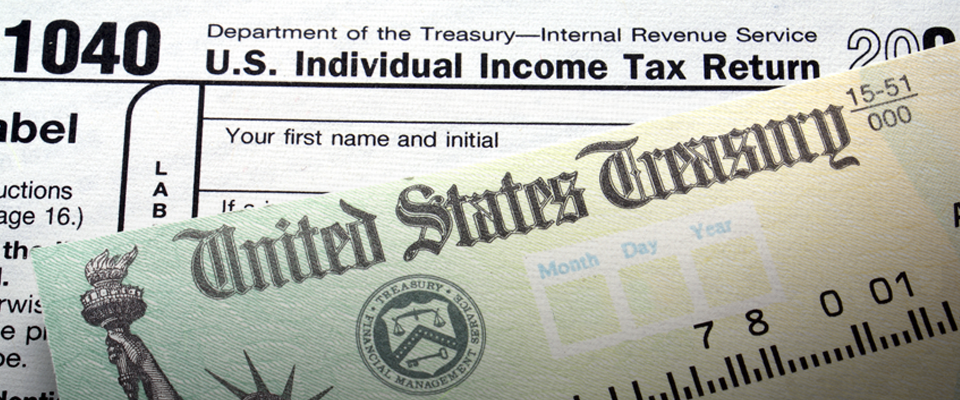For many, financial strategies are a mystical or magical potion better left to those with acronyms behind their name. Although seeking the advice of a licensed financial professional may be a wise decision, and necessary depending upon the complexity of your finances, you can create and implement some basic strategies yourself. These strategies are simply a plan to prioritize and allocate your resources to meet desired and established financial goals. I’ve grouped these strategies into five steps: establishing your goals, planning for taxes, creating your budget, living within your budget, and evaluating your budget regularly.
The Big Picture
Before you put a pencil to your budget, take some time to really think about and define your financial goals. These goals will shape your budget and can be categorized as short-term or long-term. Short-term goals are financial goals that you want or need to achieve within the next twelve months or less. Common short-term financial goals include saving for a vacation, eliminating credit card debt, saving for a major appliance that needs to be replaced, and other similar events. List out these goals, as you will need to build these commitments into your budget. Long-term financial goals, those that will take greater than twelve months to achieve, will also be built into your budget. Possibly the most important long-term goal is saving for retirement. Use the best vehicles available as you establish your retirement goals, whether it is a 401(k) or 403(b) plan with your employer, an IRA, or a host of other options. Other long-term goals may include a college savings plan, paying off your mortgage, or building up an investment portfolio. Take time to consider these long-term commitments, and then break them down into monthly allocations to be included in your budget.
Factor in Taxes
Now it’s time to do a little tax planning. First, you want to be sure that you are withholding enough taxes so that you don’t have an unexpected tax bill at the end of the year. On the other hand, you really don’t want to receive a huge refund. Too much tax withholding can needlessly restrict your cash flow and extend the amount of time it will take to attain your financial goals. No one has ever received an interest check from the IRS along with a refund of their overpaid taxes. If you don’t need the funds for monthly expenses, take those “excess” funds and put them to work in your budget. Accelerate the accomplishment of a goal or goals, increase your retirement investment, or simply save more in your own interest-bearing savings account.
Put Pencil to Paper
Now that your goals are set and you have a good idea of your take-home pay (income after taxes, benefits, etc.), it is time to create your budget. There are numerous personal budgeting tools available to you, both in print and online. Take advantage of these. They will walk you through the budgeting process, offer advice, and help ensure that the budget you produce is all-inclusive and complete. While there are many others, Dave Ramsey and Crown Financial offer two of the most popular personal budgeting tools.
Creating your initial budget can be challenging. Don’t expect it to be perfect on your first try. Instead, use it as a template and revisit it each month. As you prepare your budget, include your net cash inflows (take-home pay) and all outflows (expenses) such as tithes, mortgage, utilities, wireless and cable, auto loan, food, entertainment, etc. Don’t leave anything out. If in doubt, include it. It is always better to be pleasantly surprised than to exceed your budget.
Once you’ve completed the first draft of your budget, step back to see where your funds are going and if there is an opportunity to save. Review your monthly fixed costs like service fees and insurance premiums. Can you get the same coverage for less cost? Do you have the best cable/wireless plan for you and your family? Can any debt you are carrying be refinanced or consolidated at a lower cost? You may be amazed how much can be saved by honestly reviewing, cutting or optimizing your monthly commitments.
Follow the Blueprint
Once you have finalized your budget, the challenging part begins. It’s time to live within your budget. I’m reminded of a popular episode of Seinfeld where Jerry and Elaine are at the car rental counter in a dispute with the desk clerk. She has his reservation, but the car he reserved is not available. After the clerk states, “I know how a reservation works.” Jerry, using copious amounts of body language, responds, “I don’t think you do. Anyone can take a reservation, the important part is to hold the reservation.” So it is with your budget. Anyone can create a budget. The important part is holding to your budget. It’s not simply a brain exercise or even a benchmark to shoot for. Instead, it is the blueprint for achieving your financial goals. Of course there are times when unforeseen events and expenses arise that may bust your monthly budget. If this occurs, regroup and get back to your budget immediately. Don’t become discouraged and discard your budget. Determine if you can make changes to prevent the same thing from happening again, and then press on.
Update Annually
Finally, review, evaluate, and update your budget on a regular basis (at least annually). When changes impact your financial “big picture,” update your budget accordingly. It’s also good to revisit recurring charges or fixed expenses regularly. Shop competitors against each other for items like insurance, wireless plans, Internet service, and cable or satellite service, to name just a few. This is also an opportune time to revisit your goals. Did you achieve your short-term goals? What are your new short-term goals? How are you progressing towards your long-term goals? Have your goals changed? Consider these questions and then make the necessary changes to your budget.
Some financial strategies can be quite complex. Yet everyone can begin with the most basic of financial strategies: a budget. Set your goals, create a budget around your goals, live according to that budget, and then reevaluate your budget on a regular basis. With a little practice and self-discipline, you can become comfortable with the budgeting process, giving yourself the opportunity to achieve your financial dreams.
What are some financial strategies that work for you? Add your comments below.


